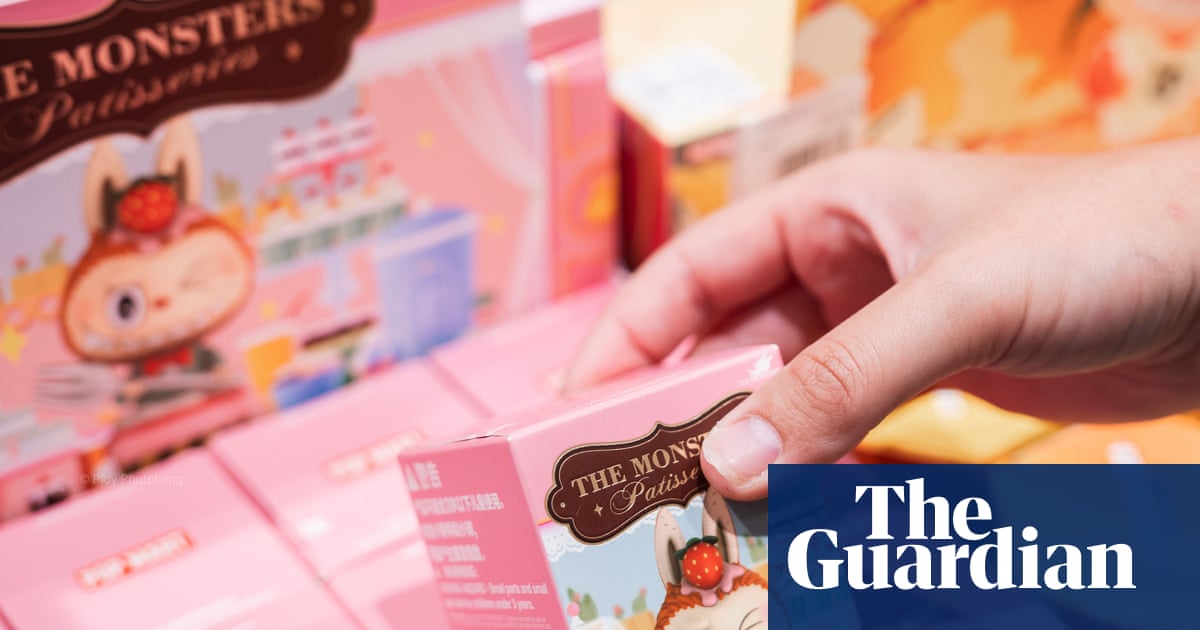
Blind boxes have taken the adult world by storm, offering the thrill of surprise with every purchase. With brands like Pop Mart’s Labubu, Smiski, Sonny Angel, and Skullpanda dominating the market, the craze for these mystery-packed collectibles is becoming hard to ignore. However, experts are sounding the alarm, comparing the addictive nature of blind boxes to gambling. So, is this harmless fun, or a growing problem?
What Are Blind Boxes?
Blind boxes are sealed packages containing unknown items, making every purchase a surprise. Popular among adults, these collectibles span toys, cosmetics, chocolates, and even apparel. Companies like Pop Mart, recently valued at $40 billion, have perfected the art of creating buzz around these items, using scarcity tactics and social media to drive demand.
The Excitement and the Addiction
For many enthusiasts, purchasing a blind box delivers a rush of excitement. “Whenever I get the one that I want, it’s unreal,” shares Jess, a 28-year-old collector. But this excitement often comes with drawbacks: compulsive spending, buyer’s remorse, and even financial distress. Some fans, like Dana Nguyen, admit to spending thousands of dollars chasing rare or exclusive items. Nguyen describes the act of unboxing as deeply addictive, even likening it to gambling.
Blind boxes often create a cycle of emotional highs and lows. The unpredictability, combined with the hope of finding a specific item, compels buyers to keep purchasing—even when they already regret their spending.
The Link to Gambling Mechanics
Researchers are increasingly raising concerns about how blind boxes mimic gambling behaviors. Much like loot boxes in video games, blind boxes use “scarcity marketing” and “pity mechanics,” encouraging buyers to make repeat purchases. Leon Xiao, an expert in consumer behavior, notes that this gamblification of physical merchandise can harm vulnerable individuals, leading to financial losses and psychological distress.
The Environmental and Financial Costs
While blind boxes bring joy to collectors, the environmental toll is significant. Most collectibles are made of plastic, and the elaborate packaging adds to the waste. Financially, many consumers find themselves spending beyond their means. For example, Jess acknowledges spending $1,300 over a few months, money she could have used for her wedding.
Are Blind Boxes Here to Stay?
The allure of blind boxes is undeniable. Pop Mart and other brands leverage platforms like TikTok to create hype, with livestream product “drops” urging fans to buy quickly. Apps like Whatnot, which host live auctions, also amplify the phenomenon by fostering a sense of community and competition among buyers.
Can Regulation Help?
Some countries are taking steps to regulate blind boxes. In China, guidelines require companies to disclose probabilities, set spending limits, and offer parental controls. However, enforcement remains inconsistent. In the U.S., regulation is still lagging, and researchers argue that more needs to be done to protect consumers from potentially predatory practices.
How to Break the Cycle
If you find yourself overspending on blind boxes, consider setting clear limits and sticking to a budget. Dana Nguyen and others have found relief by cutting back on purchases and reselling unwanted items. For those struggling with impulsive buying, focusing on other hobbies or seeking support from loved ones can help reduce the temptation.
Final Thoughts
Blind boxes offer a powerful combination of fun, nostalgia, and excitement, but the risks shouldn’t be ignored. Whether you’re a seasoned collector or new to the craze, it’s important to weigh the financial, emotional, and environmental costs associated with these seemingly innocent collectibles.
Looking to dive into the world of blind boxes responsibly? Start with Pop Mart’s Smiski Glow-in-the-Dark figurines, available on Amazon. Collect, enjoy, and stay mindful!






